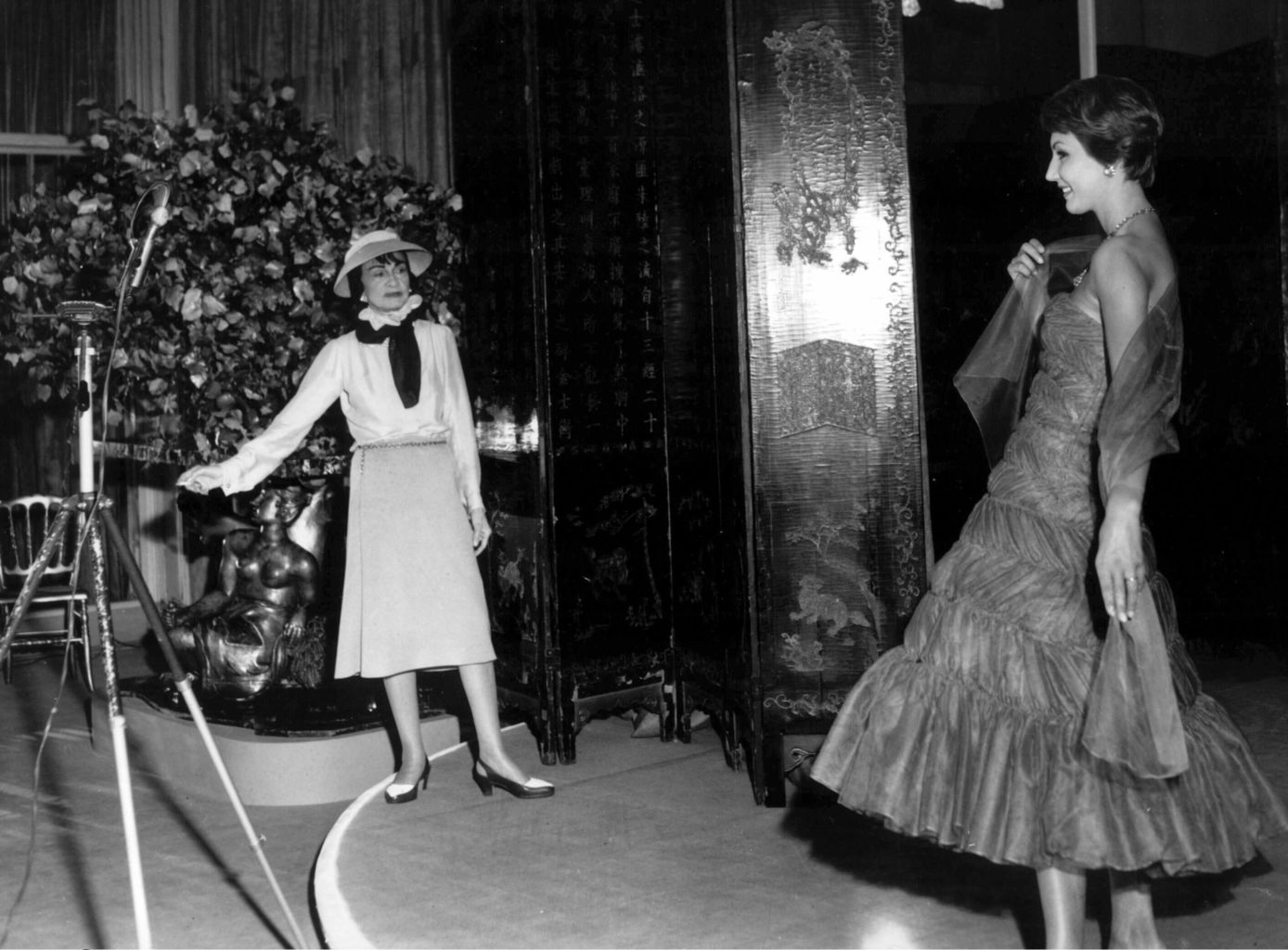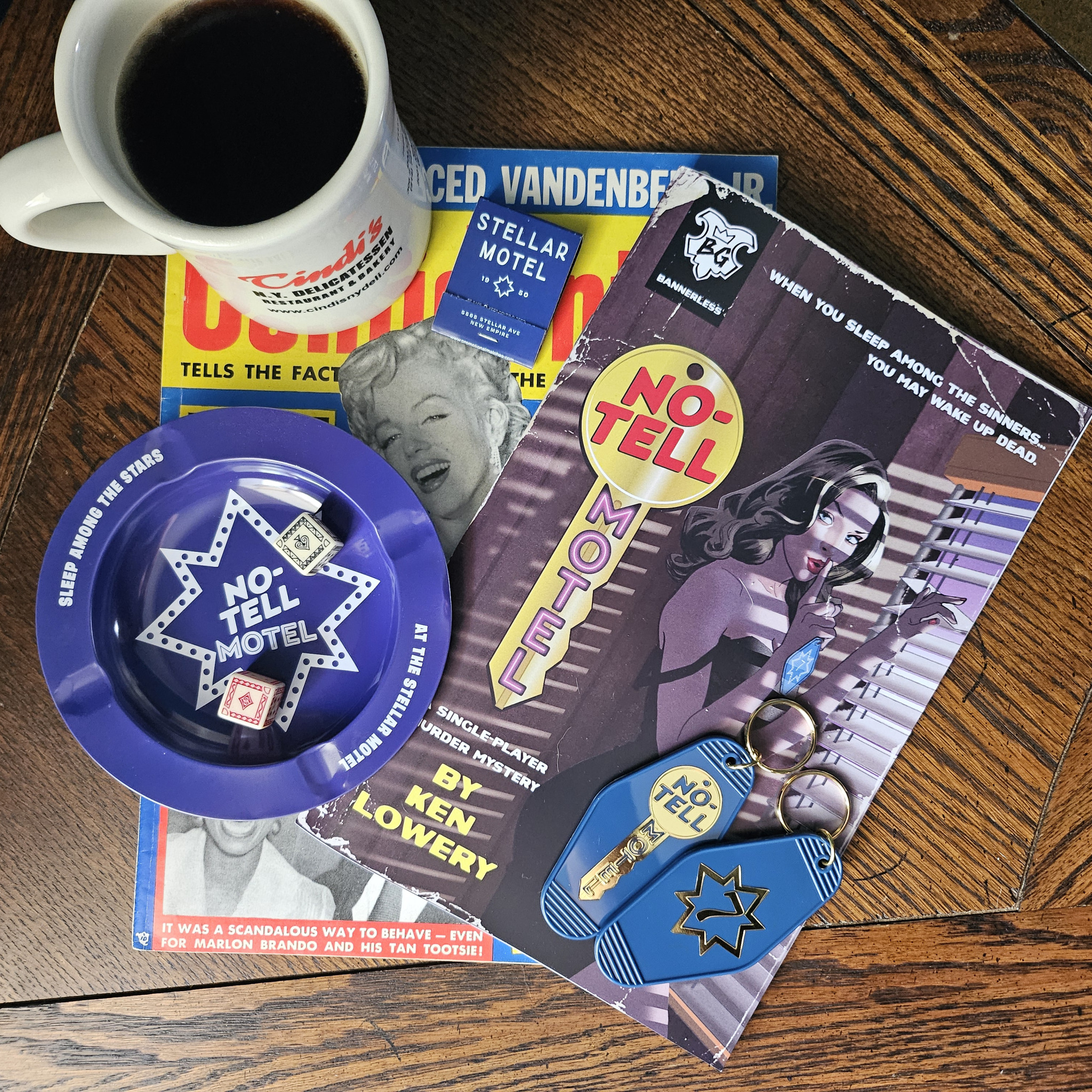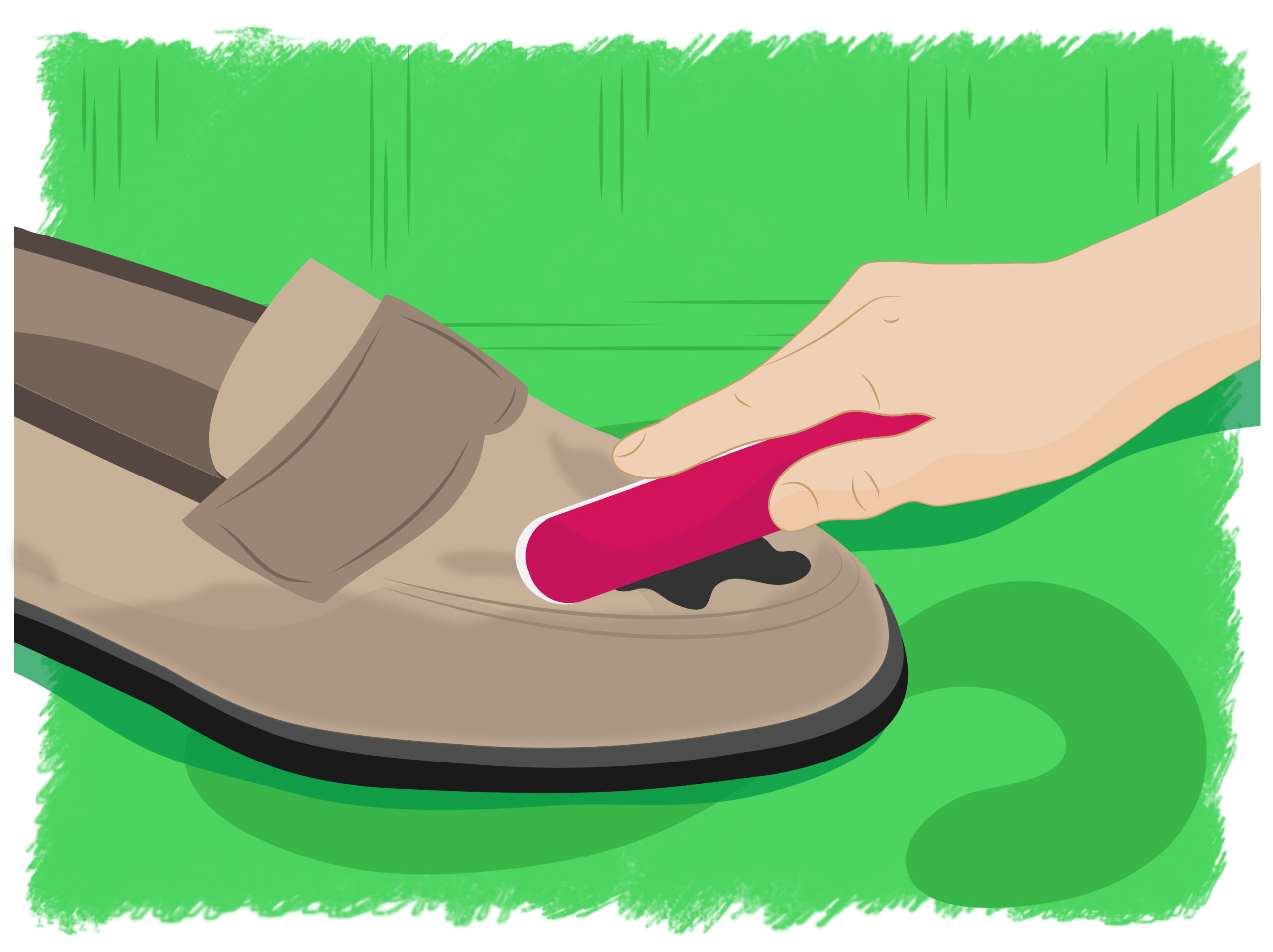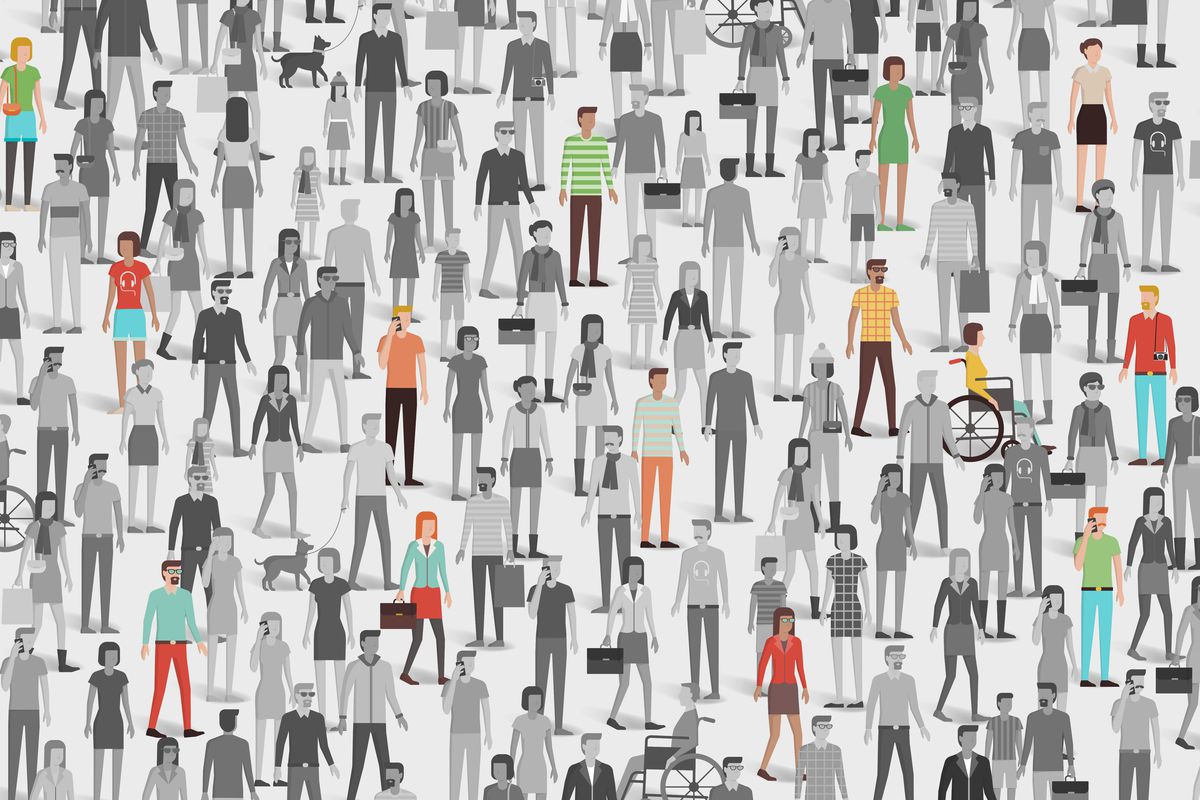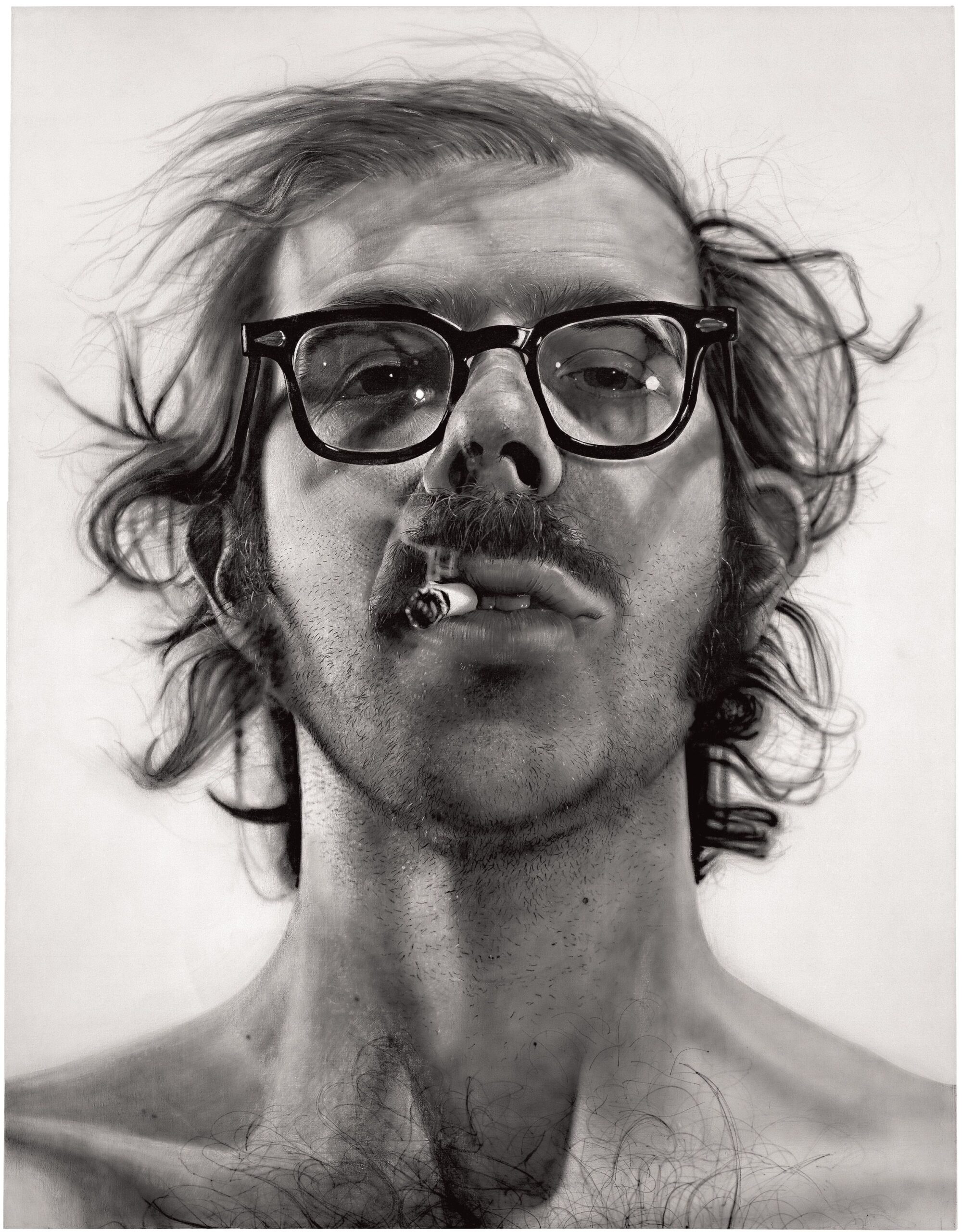How Fashion Photography Transformed Consumer Behavior During and After WWII
Introduction: A Cultural Shift Through the Lens
The period spanning World War II and its aftermath marked a transformative era for both fashion and consumer behavior. Fashion photography, once primarily a tool for showcasing garments, evolved into a powerful medium that shaped public perception, inspired personal identity, and fueled the burgeoning world of modern consumerism. This article explores how the visual language of fashion photography during and after WWII directly impacted consumer attitudes, behaviors, and opportunities, with guidance on how such legacies still inform consumer choices today.
Fashion Photography During WWII: Navigating Scarcity and New Roles
During WWII, the fashion industry faced unprecedented challenges: material rationing, shifting gender roles, and a collective sense of uncertainty. Fashion photography responded to these constraints by adapting its visual narratives. Instead of opulent displays, photographers and magazines emphasized resilience, utility, and subtle elegance. The imagery portrayed women in practical yet stylish attire, echoing their expanded roles in the workforce and society. This era’s photographs made the new norms of dress more palatable and even aspirational, helping consumers accept and embrace the changes forced by wartime scarcity [2] .
Hollywood and fashion magazines worked hand-in-hand, with movie stars modeling ration-compliant fashions. This glamorization of necessity allowed consumers to feel stylish despite constraints, fostering a collective sense of identity and pride [2] .
The Immediate Post-War Period: A New Visual Language of Freedom
When the war ended, restrictions lifted, and photographers seized the opportunity to redefine fashion’s visual narrative. The imagery shifted from austerity to luxury, variety, and color. Fashion photography became less about compliance and more about aspiration and individuality. Ready-to-wear collections gained popularity, and consumers, inspired by glamorous magazine spreads, began seeking bolder styles and vibrant palettes [1] .
This transition was not merely aesthetic. It represented a psychological break from wartime hardship, encouraging consumers to express themselves and embrace newfound freedoms. The influence of magazine photography extended beyond clothing, shaping attitudes toward lifestyle, beauty, and self-presentation.
Modern Consumer Culture: The Rise of Aspirational Imagery
The late 1940s and 1950s are often described as the “Golden Age” of advertising photography. Economic prosperity fueled demand for goods, and advertisers increasingly used photography to sell not just products, but dreams and lifestyles. Photographers like Richard Avedon and Irving Penn revolutionized the field, crafting images that depicted models in dynamic, relatable, and aspirational settings [4] .
Advertising campaigns began to embed products within stories of romance, adventure, and status. Consumers responded by aspiring to the lifestyles presented in these photographs, driving demand for fashion and other consumer goods. This period laid the foundation for the relationship between visual media and consumer identity that persists today.
Step-by-Step: How Fashion Photography Changed Consumer Behavior
1. Normalizing New Styles Through Media
Fashion magazines and advertisements featured models and celebrities wearing the latest styles. By consistently depicting new trends, they made shifts in clothing-such as shorter skirts or brighter colors-seem both desirable and attainable
[1]
. For consumers seeking guidance, browsing current fashion magazines and online archives (such as those of
Vogue
or
Harper’s Bazaar
) remains a reliable way to spot and adopt new trends.
2. Promoting Consumer Aspiration Images began to sell not just products, but ideals-beauty, sophistication, success. This shift encouraged consumers to purchase clothing and accessories as a means of self-expression and ambition. Today, you can identify such aspirational marketing by analyzing the context and story in fashion advertisements.
3. Accelerating the Ready-to-Wear Movement The surge in visually driven demand after WWII contributed to the expansion of ready-to-wear fashion. Retailers responded by offering more diverse, affordable, and accessible collections. To leverage this legacy as a consumer, explore both online and brick-and-mortar stores for ready-to-wear options, using fashion editorials as a style guide.
4. Creating New Shopping Habits Photography-driven marketing influenced how and where people shopped. Department stores and catalogs embraced glossy images to entice buyers. For modern consumers, reviewing current lookbooks and digital catalogs can help in making informed shopping decisions.
Case Studies: Iconic Photographers and Campaigns
Photographers like Richard Avedon and Irving Penn are credited with shaping the visual vocabulary of postwar fashion. Their photographs combined artistry and commerce, making them powerful tools for influencing public taste [4] . Iconic campaigns such as De Beers’ “A Diamond is Forever” linked products to emotion and aspiration, a tactic that became a mainstay of consumer advertising.

Source: spitzberg-partners.com
Consumers seeking inspiration or historical context can find many of these classic images in museum collections (such as The Metropolitan Museum of Art’s Costume Institute) or reputable fashion history archives.
Practical Guidance: How to Access Fashion History and Trends
If you want to explore how fashion photography continues to influence consumer choices:
- Browse digital archives of major fashion magazines for WWII and postwar issues. Many libraries and museums provide access to these collections.
- Research the evolution of advertising photography by searching for academic articles or visiting the official websites of design and fashion schools.
- To understand current trends, follow leading fashion magazines, designers, and photographers on verified social media accounts and official websites.
- For historical context, consider searching the Smithsonian Institution’s National Museum of American History or The Victoria and Albert Museum, both of which offer reputable collections and resources.
- If seeking professional guidance or academic study, contact fashion history departments at accredited universities. Many offer online resources or public lectures.
Remember: Always seek out reputable, authoritative sources-avoid relying on unofficial blogs or unverified websites for historical information.
Challenges and Alternative Approaches
One key challenge was the tension between preserving tradition and embracing change. Not all consumers were immediately receptive to postwar shifts. Some preferred familiar styles and resisted bolder trends. To address this, photographers and advertisers used gradual visual cues-mixing classic elements with new designs-to ease the transition [2] .
For consumers today, alternative approaches to trend adoption include mixing vintage and contemporary pieces or seeking out independent designers who reinterpret classic styles.
Key Takeaways
Fashion photography during and after WWII:
- Transformed how consumers viewed themselves and their wardrobes
- Encouraged greater individual expression and experimentation
- Fueled the rise of ready-to-wear and modern consumer culture
- Continues to inform shopping habits, visual expectations, and personal identity
To stay connected to these enduring influences, explore reputable archives, follow current fashion media, and remain mindful of the social and cultural stories told through images.

Source: ar.inspiredpencil.com
References
- [1] North River Outfitter (2023). How Did Fashion Photography Change Consumers During and After WWII?
- [2] Utah State University Digital Commons (2018). An Investigation of the Impact of Changing Social Norms on Women’s Attire Before and After WWII.
- [3] New Design Ideas, V.6, N.1 (2022). Analysis of the Impact of Second World War on Fashion and Consumer Behavior.
- [4] Number Analytics Blog (2025). The Evolution of Advertising Photography.
- [5] Fiveable Library. History of Photography Unit 9 – Fashion & Commercial Photography.
MORE FROM savvysc.com
